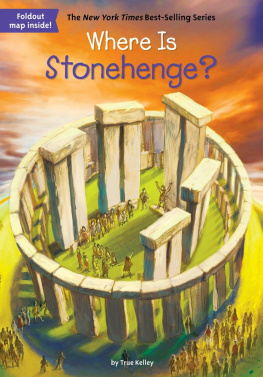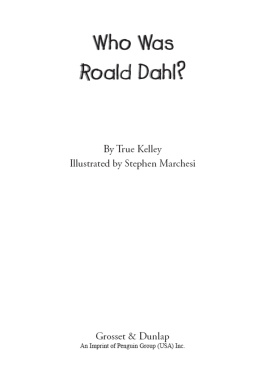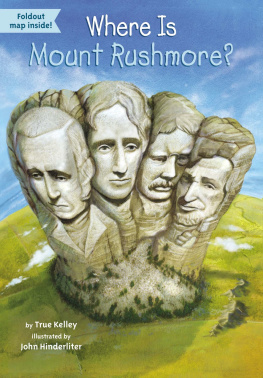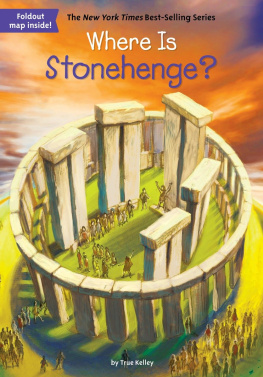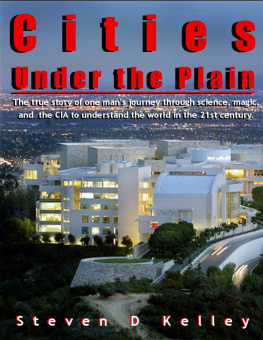True Kelley - Where Is Stonehenge?
Here you can read online True Kelley - Where Is Stonehenge? full text of the book (entire story) in english for free. Download pdf and epub, get meaning, cover and reviews about this ebook. year: 2016, publisher: Penguin, genre: History. Description of the work, (preface) as well as reviews are available. Best literature library LitArk.com created for fans of good reading and offers a wide selection of genres:
Romance novel
Science fiction
Adventure
Detective
Science
History
Home and family
Prose
Art
Politics
Computer
Non-fiction
Religion
Business
Children
Humor
Choose a favorite category and find really read worthwhile books. Enjoy immersion in the world of imagination, feel the emotions of the characters or learn something new for yourself, make an fascinating discovery.
- Book:Where Is Stonehenge?
- Author:
- Publisher:Penguin
- Genre:
- Year:2016
- Rating:5 / 5
- Favourites:Add to favourites
- Your mark:
- 100
- 1
- 2
- 3
- 4
- 5
Where Is Stonehenge?: summary, description and annotation
We offer to read an annotation, description, summary or preface (depends on what the author of the book "Where Is Stonehenge?" wrote himself). If you haven't found the necessary information about the book — write in the comments, we will try to find it.
Where Is Stonehenge? — read online for free the complete book (whole text) full work
Below is the text of the book, divided by pages. System saving the place of the last page read, allows you to conveniently read the book "Where Is Stonehenge?" online for free, without having to search again every time where you left off. Put a bookmark, and you can go to the page where you finished reading at any time.
Font size:
Interval:
Bookmark:

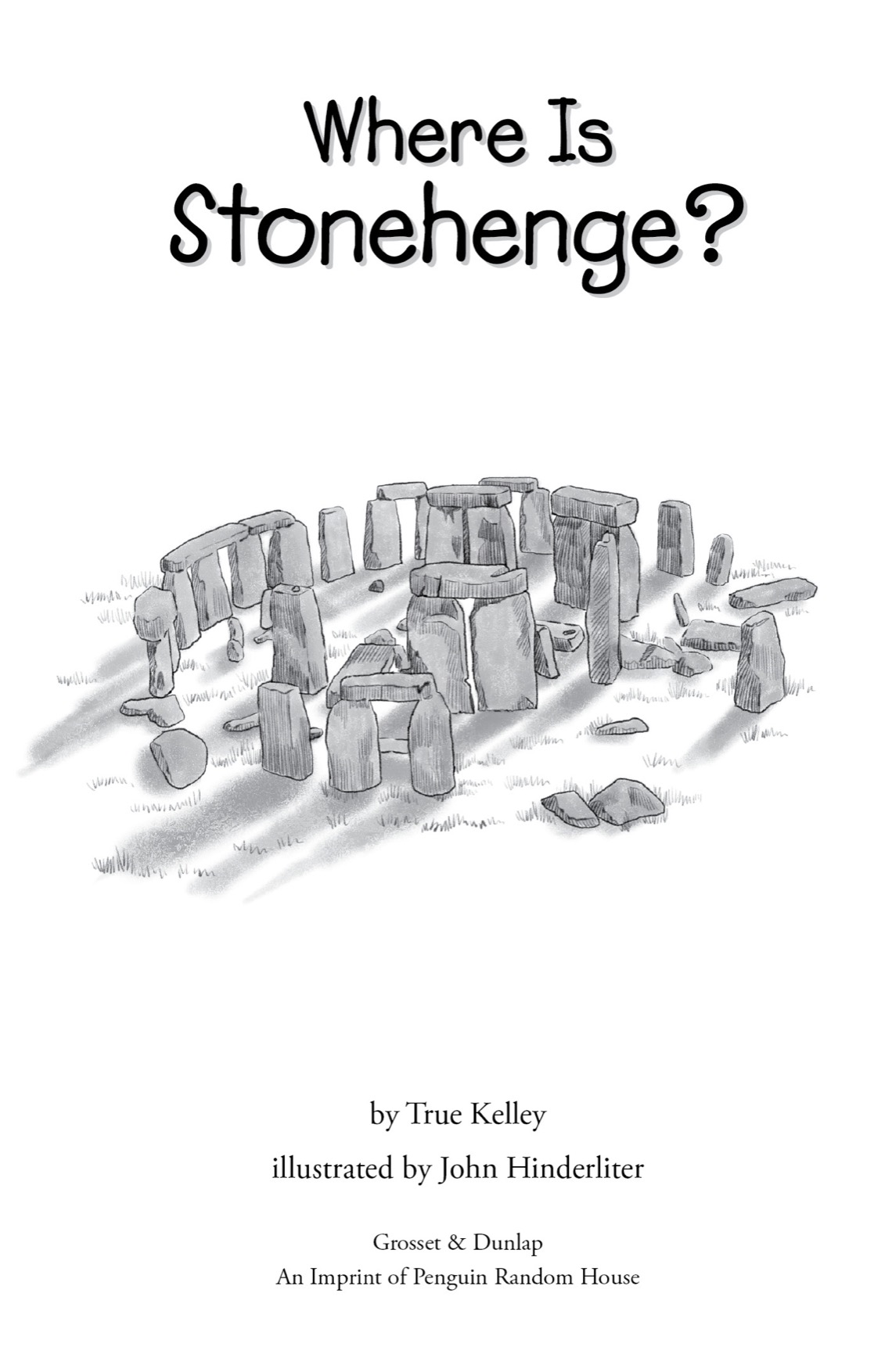
For Jada Lindblom and Willy GravesTK
For Meadowmysteries are everywhereJH
GROSSET & DUNLAP
Penguin Young Readers Group
An Imprint of Penguin Random House LLC

Penguin supports copyright. Copyright fuels creativity, encourages diverse voices, promotes free speech, and creates a vibrant culture. Thank you for buying an authorized edition of this book and for complying with copyright laws by not reproducing, scanning, or distributing any part of it in any form without permission. You are supporting writers and allowing Penguin to continue to publish books for every reader.
The publisher does not have any control over and does not assume any responsibility for author or third-party websites or their content.
Text copyright 2016 by True Kelley. Illustrations copyright 2016 by Penguin Random House LLC. All rights reserved. Published by Grosset & Dunlap, an imprint of Penguin Random House LLC, 345 Hudson Street, New York, New York 10014. Who HQ and all related logos are trademarks owned by Penguin Random House LLC. GROSSET & DUNLAP is a trademark of Penguin Random House LLC. Printed in the USA.
Library of Congress Cataloging-in-Publication Data is available.
ISBN 9780448486932 (paperback)
ISBN 9780399542404 (library binding)
ISBN 9780515156430 (ebook)
Version_1
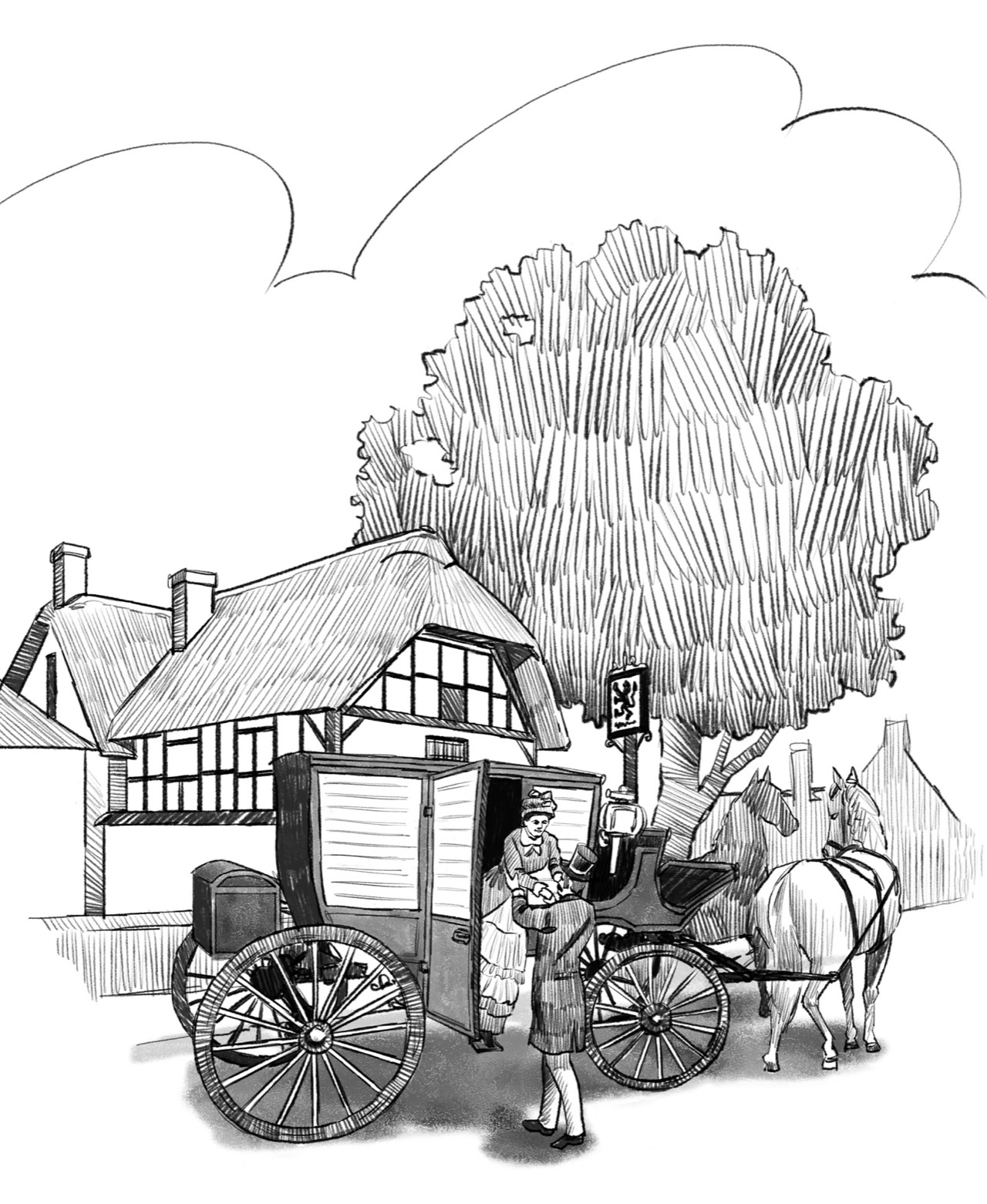
Salisbury, England
In the 1830s, a group of four friends climbed out of a horse-drawn carriage. The ladies and gentlemen had come up with an interesting idea for the weekend. But now they were stiff and tired from traveling all day from London. Tourists often came to Salisbury to see the cathedral. It had the tallest spire in the country. But this group had planned a different adventure.
After resting overnight in town, they crowded into a small carriage and were driven across the countryside. They closed the blinds on the carriage windows so they couldnt see out. Why?
At the end of their journey, they would reach a very special place. They wanted it to be a total surprise. So, in a giddy mood, they traveled on in darkness. It was bumpy, and the carriage seemed to be going very fast. Finally, the driver pulled the horses to a stop and told the passengers to open the blinds.
Everyone gasped at what they saw! The carriage was parked among giant stones standing in a circle. Some stones had fallen on the ground and were broken. But the stones still standing were taller than three men... What was this strange and amazing place called?
Stonehenge!
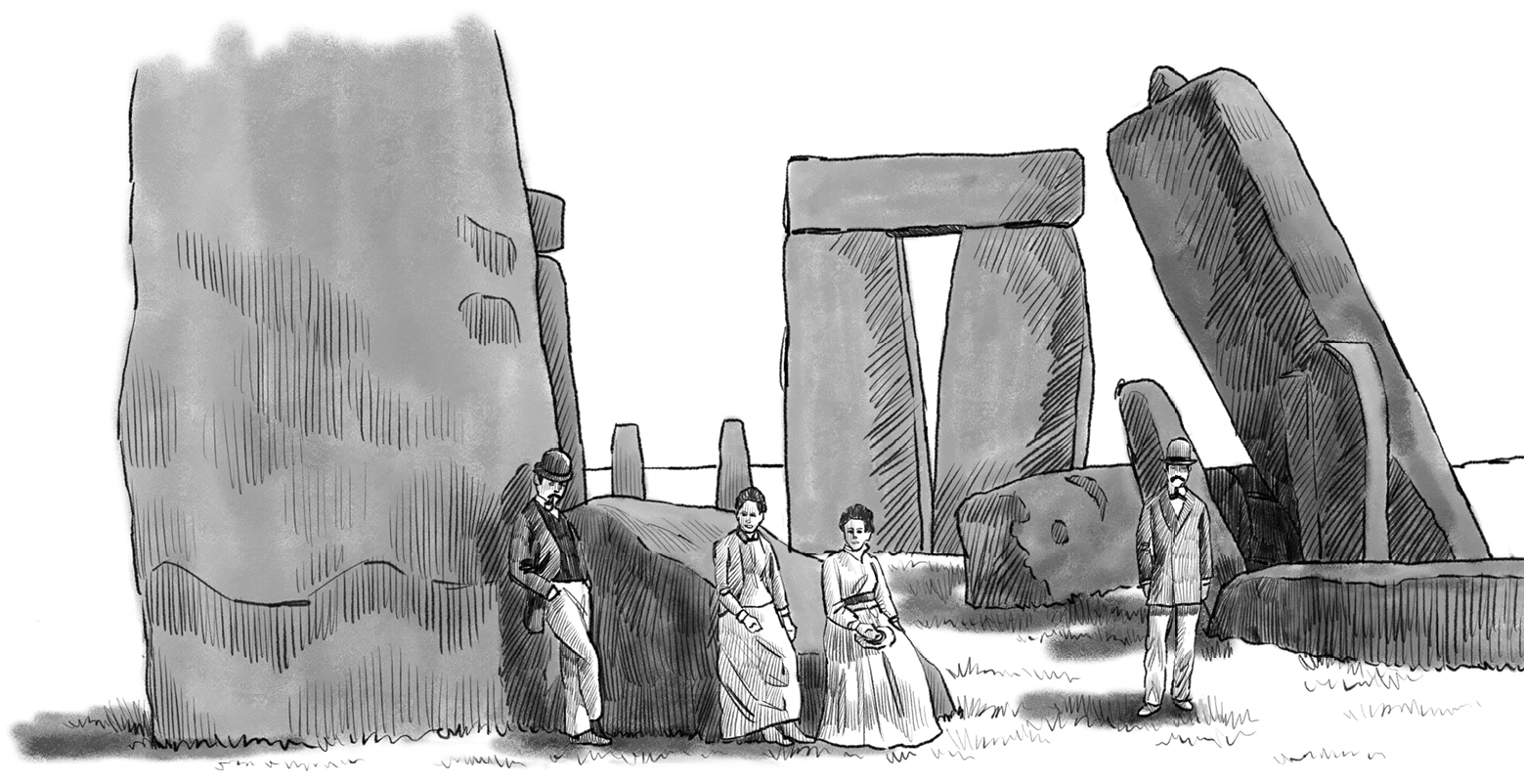
Some of the standing stones had other huge stones across the top of them. They looked like giant door frames. It was hard to imagine how people could have built such a thing thousands of years ago. Many people thought it had to be made by giants or by magic.
The tourists stood awestruck in the middle of the circle. They had seen paintings of this place and read poetry about it. Being there in person was very different. Even in a group of friends, there was a feeling of loneliness. There was not a tree in sight. The almost-flat land seemed to go on forever. The circle of stones appeared to jut out from the emptiness around them.
The wind blew cold, and gray clouds raced across the sky. Even with the wind, it was very quiet. Quiet and mysterious.
People have wondered about Stonehenge for more than a thousand years. How old is it? Where did the stones come from? Who built it and why? And how?
Unlike the Great Pyramids of Egypt, which are almost as old, there is no ancient written record of Stonehenge. But like the Great Pyramids, we know Stonehenge must have been important to ancient people because it took such great effort to build.
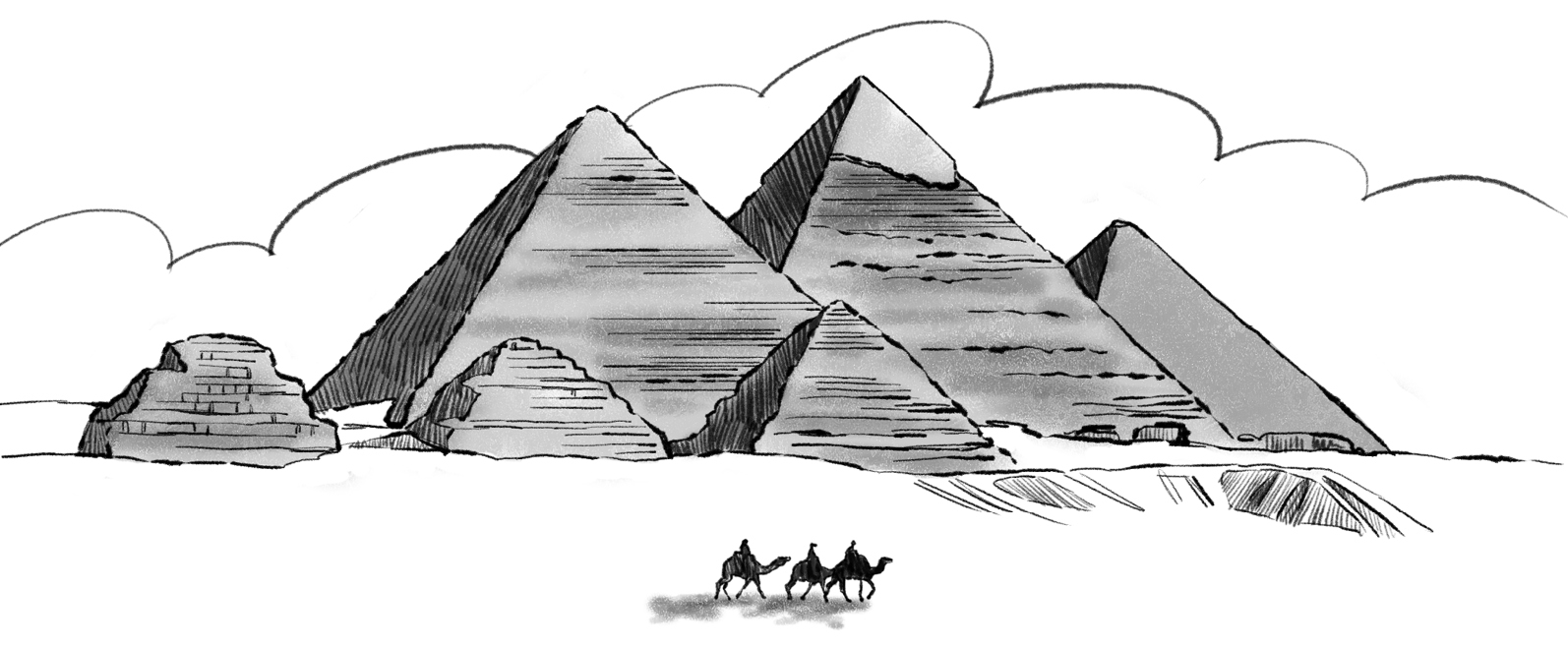
Now, with modern technology, archaeologists have learned almost as much in the last fifteen years as they knew for centuries before. (Archaeologists study objects from the past to find out about the people of long ago.) But many mysteries still remain. Those mysteries make Stonehenge one of the most fascinating places in the world.
In the south of England, about ninety miles west of London, sits the Salisbury Plain. It is a lonely-looking area. There are few trees. Not much grows except grass. Few creatures live there except sheep. Yet the Salisbury Plain is famous. Well over a million people travel there every year. They come from all over the world to visit one of the great monuments of the ancient worldthe stone circle called Stonehenge.

Stonehenge sits at the top of a slight slope. Because the Salisbury Plain is so bare, Stonehenge can be seen from miles away. Lichen-covered stones seven feet wide and fourteen feet tall form a huge circle about one hundred feet across. Thats as wide as two basketball courts. The stones are a hard brown sandstone called sarsen. The sarsen stones were carved so that they are narrower at the top. This makes them look even taller than they really are. The stones are buried at different depths so that the tops are level with each other. Seventeen of these stones still stand. Many others have fallen and lie about on the ground.
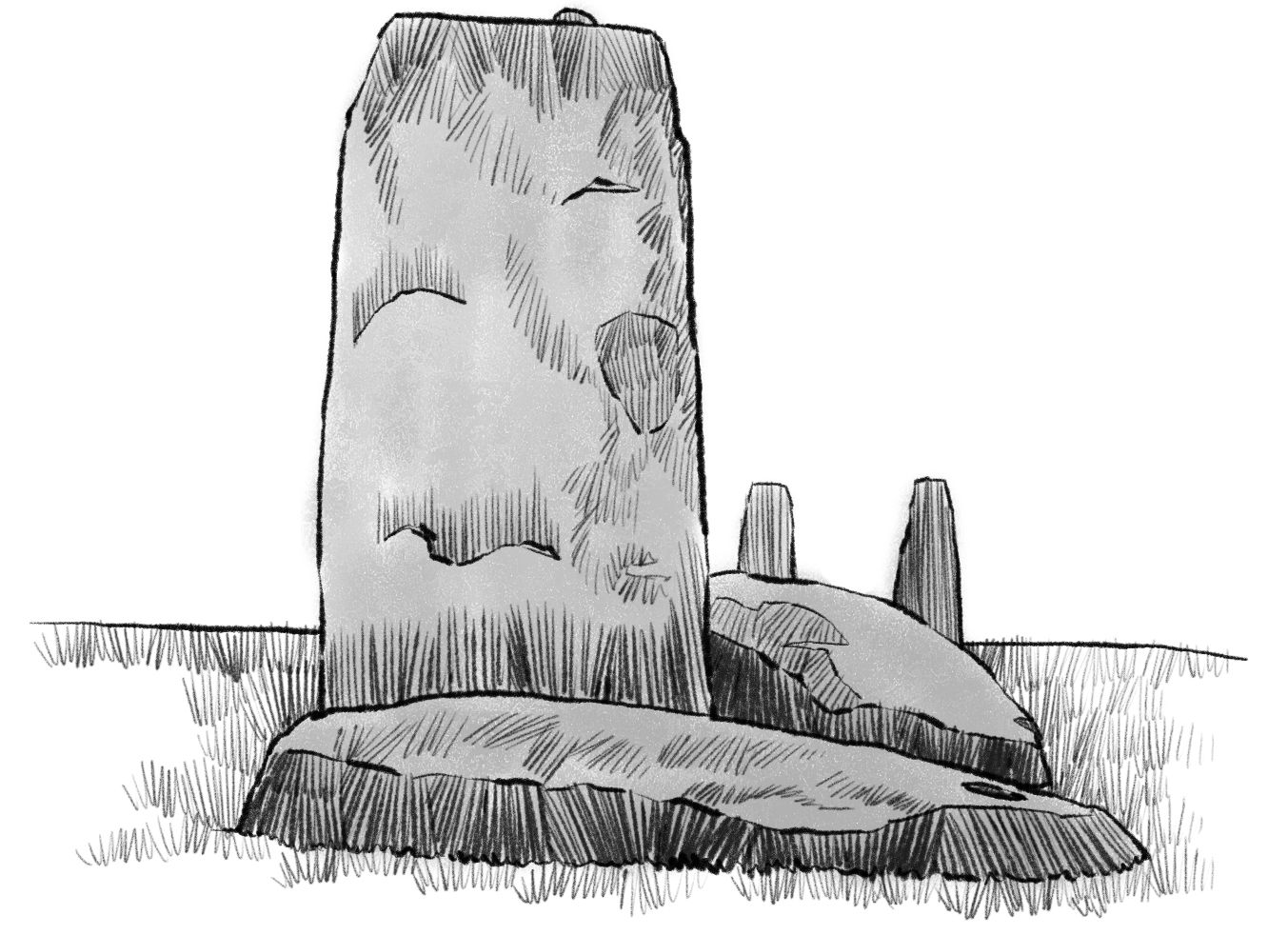
sarsen stone
Connecting some of the standing sarsen stones are ten-foot-long stone beams. They are called lintel stones because they are like the lintel, or crosspiece, of a door frame. At one time, lintel stones linked all the standing stones in the one-hundred-foot-wide circle.

sarsen stones with lintel
The word henge is a very old word that means ditch, and there is, indeed, a ditch all around Stonehenge. There are several ancient henges to be found in Britain, but Stonehenge is the most famous.
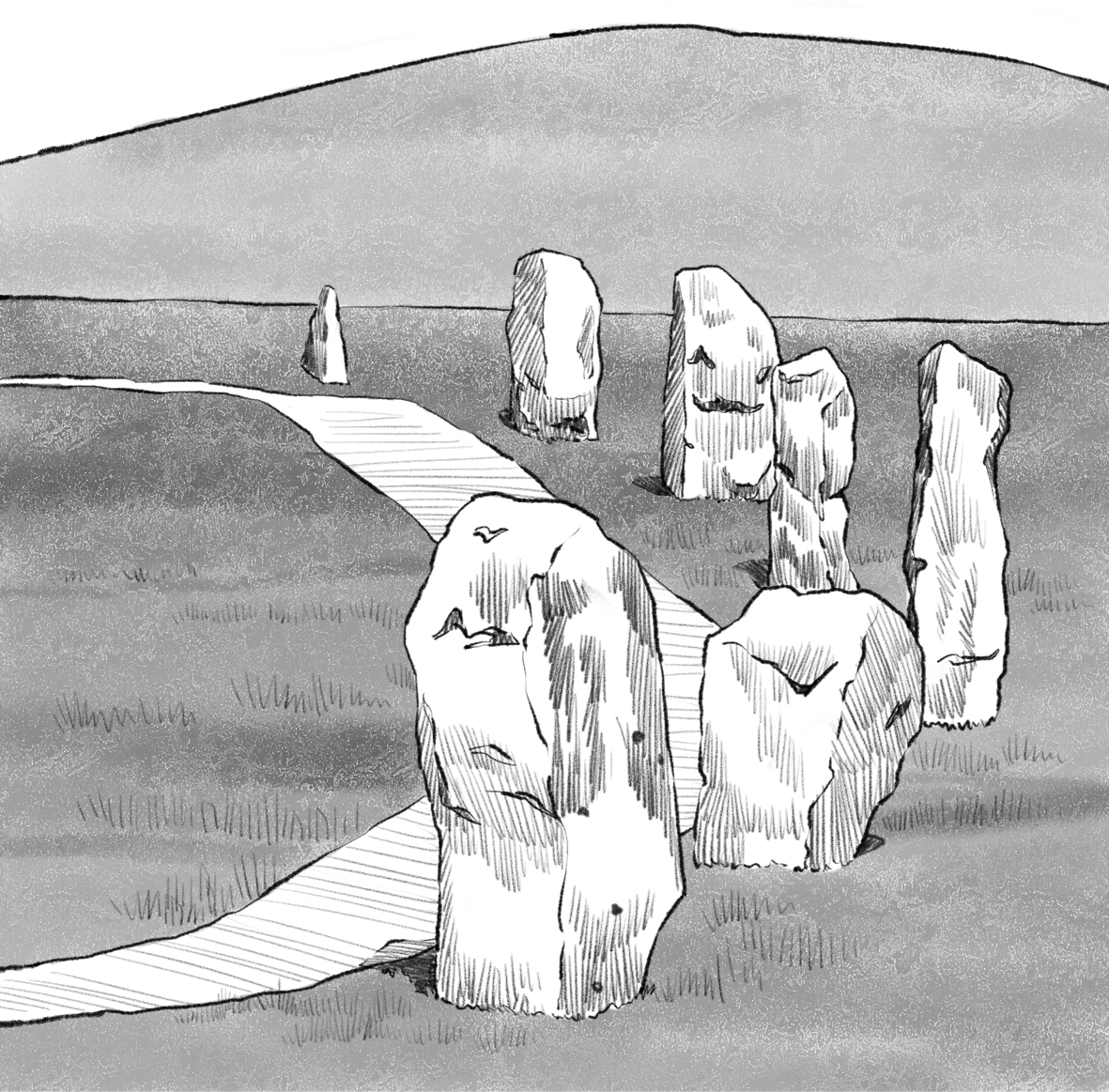
Avebury henge
The circle of sarsen stones is what visitors first see. Inside that circle is another circle of stones. They are half as tall and turn bluish when wet, so they are called bluestones. There are only six now, although once there may have been as many as sixty bluestones. The bluestones were put up after the sarsens.
Font size:
Interval:
Bookmark:
Similar books «Where Is Stonehenge?»
Look at similar books to Where Is Stonehenge?. We have selected literature similar in name and meaning in the hope of providing readers with more options to find new, interesting, not yet read works.
Discussion, reviews of the book Where Is Stonehenge? and just readers' own opinions. Leave your comments, write what you think about the work, its meaning or the main characters. Specify what exactly you liked and what you didn't like, and why you think so.

